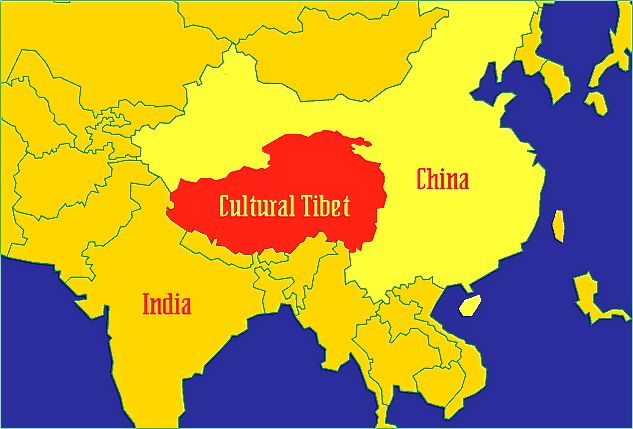
Tibet is a difficult region to define. To the Chinese government, Tibet consists only of the Tibet Autonomous Region, which makes up only 1/2 of the Tibetan Plateau and has only around 40% of the total Tibetan population. To the Tibetan people and to most of the rest of the world, Tibet consists of all areas of the Tibetan Plateau where Tibetan people are native to. This area includes all of the Tibet Autonomous Region (TAR), nearly all of Qinghai, northern and western Sichuan, the southwest portion of Gansu and the northwest corner of Yunnan. Tibetans number roughly 6 million within China.
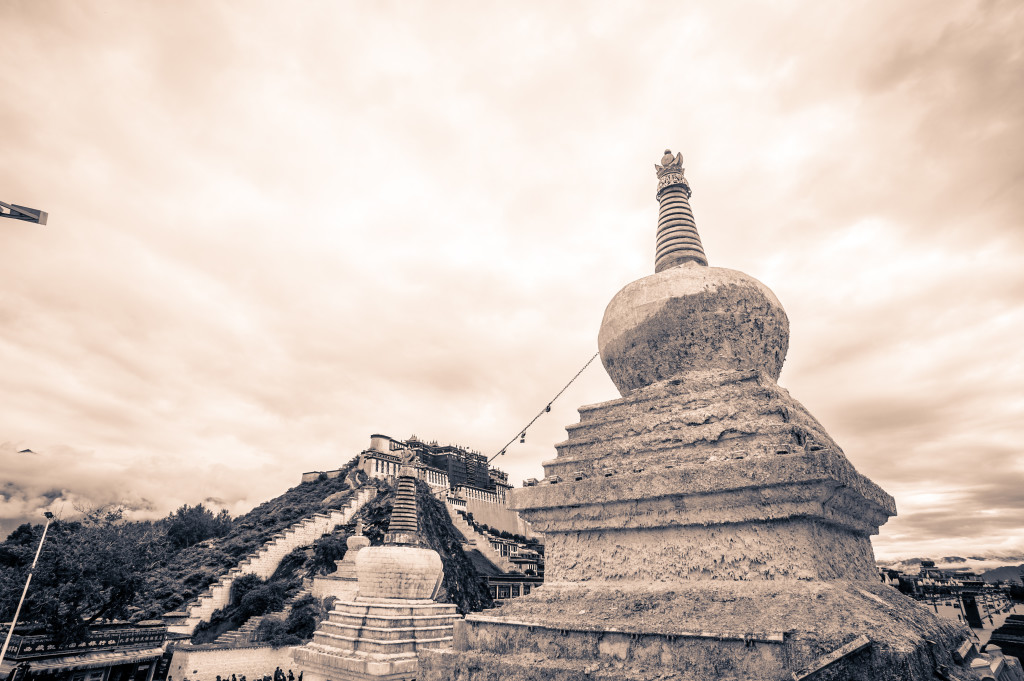
Stupas in front of Lhasa’s Potala Palace
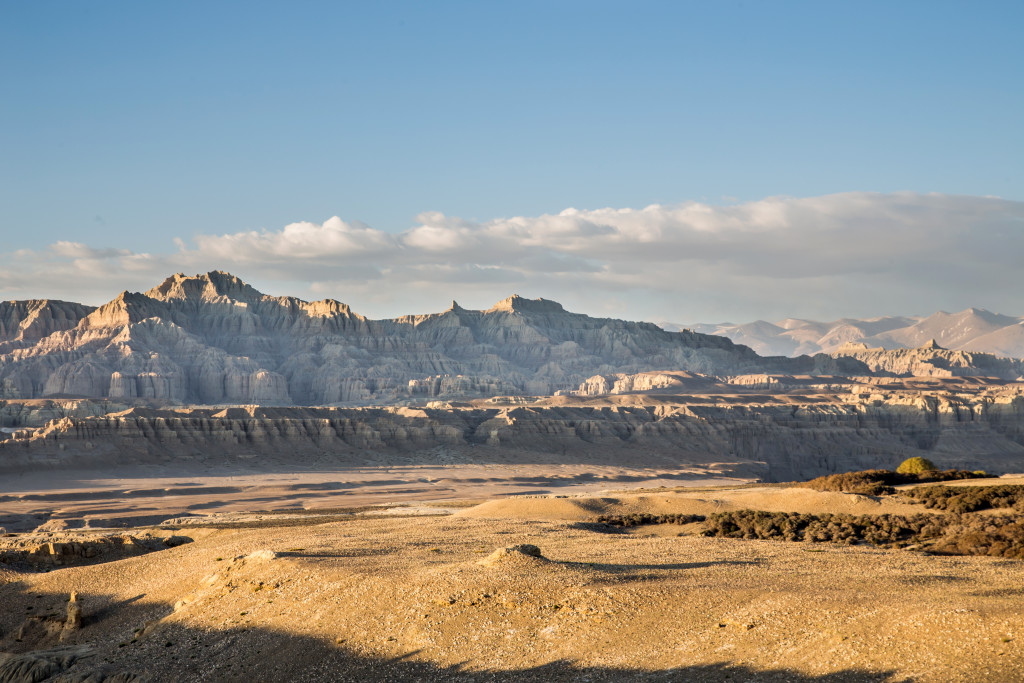
Western Tibet’s Zanda region
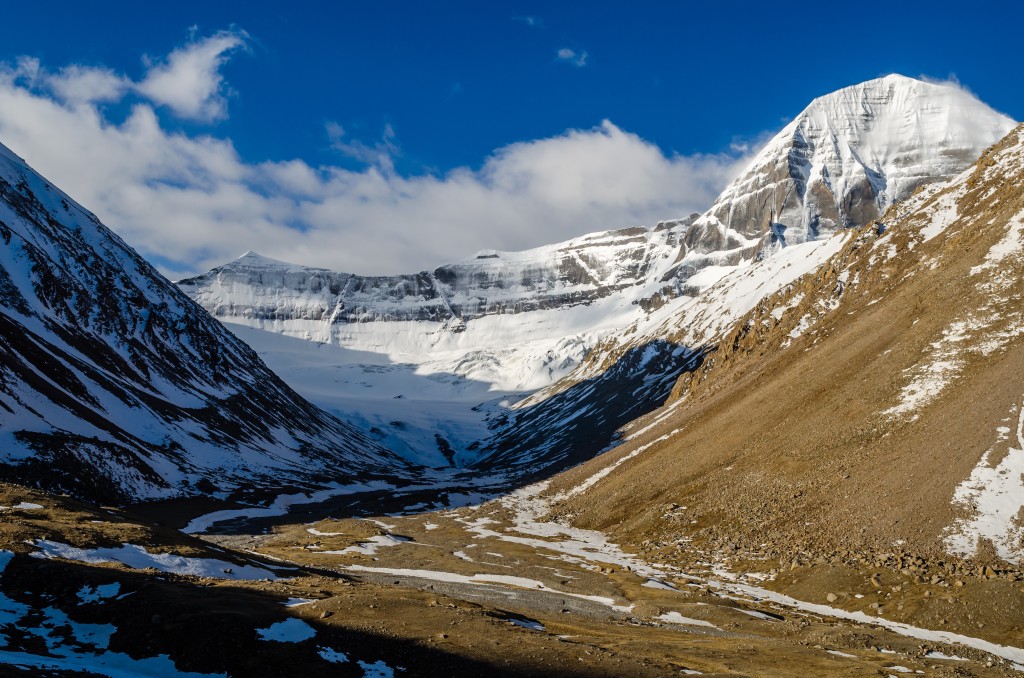
Mt. Kailash in far Western Tibet
Tibet, including the regions found in Qinghai, Gansu, Sichuan and Yunnan provinces, covers an area of 2,255,000 square kilometers (870,000 square miles). It is larger than Alaska and California combined or more than 6 times the size of Germany. Tibet is traditionally divided into 3 main regions: U-Tsang, Kham and Amdo. U-Tsang དབུས་གཙང་ was formed centuries ago when the separate kingdoms of U and Tsang were combined. Traditionally, U དབུས་ encompassed the area in and around Lhasa and the Yarlung Valley. Tsang གཙང་ made up the western regions of Tibet from Gyantse west. U-Tsang is considered the cultural heartland of Tibet and starting point of the Tibetan civilization. U-Tsang, also known as Central Tibet, lies entirely within the modern day Tibet Autonomous Region.
The traditional Tibetan region of Amdo ཨ༌མདོ་ is found across the northeast region of the Tibetan Plateau. Amdo is covered in rolling high altitude grasslands that are perfect for grazing yaks and sheep. A large percentage of the remaining Tibetan nomads are from this area. Amdo lies mostly in modern day Qinghai province, but is also found in southwest Gansu and northern Sichuan. Many of the most famous Tibetan people are from Amdo including the current 14th Dalai Lama ཏཱ་ལའི་བླ་མ་, the late 10th Panchen Lama པན་ཆེན་བླ་མ and Tsongkhapa ཙོང་ཁ་པ་, the Buddhist reformer of the 14th century. Approximately 25% of the total Tibetan population is from Amdo.
Kham ཁམས་ is located in the southeastern portion of the Tibetan Plateau. It is characterized by deep river valleys that give way to high snow-covered peaks. Many of Asia’s longest and most important rivers begin in Kham including the Yellow, Mekong, Yangtze and Salween rivers. Kham is found in the eastern portion of the Tibet Autonomous Region as well as southern Qinghai, western Sichuan and northwest Yunnan provinces. Roughly 35% of the total Tibetan population is from Kham.
Other minor sub-divisions of Tibet include Ngari མངའ་རིས་ in far western Tibet Autonomous Region (TAR), the sparsely populated Changtang བྱང་ཐང་ in the northern TAR and Gyarong རྒྱལ་རོང་, a Qiangic speaking area located in northern and western Sichuan.
The Tibetan Plateau is divided into 1 autonomous region, 10 autonomous prefectures and 2 autonomous counties. The Tibet Autonomous Region is divided into 6 prefectures and 1 prefecture level city (Lhasa 拉萨/ལྷ་ས་). The 6 prefectures of the TAR are:
- 1. Ali/Ngari 阿里/མངའ་རིས་
- 2. Rizake/Shigatse 日喀则/གཞིས་ཀ་རྩེ་ས་
- 3. Changdu/Chamdo 昌都/ཆབ་མདོ་
- 4. Naqu/Nagchu 那曲/ནག་ཆུ་
- 5. Shannan/Lhoka 山南/ལྷོ་ཁ་
- 6. Linzhi/Nyingtri 林芝/ཉིང་ཁྲི་
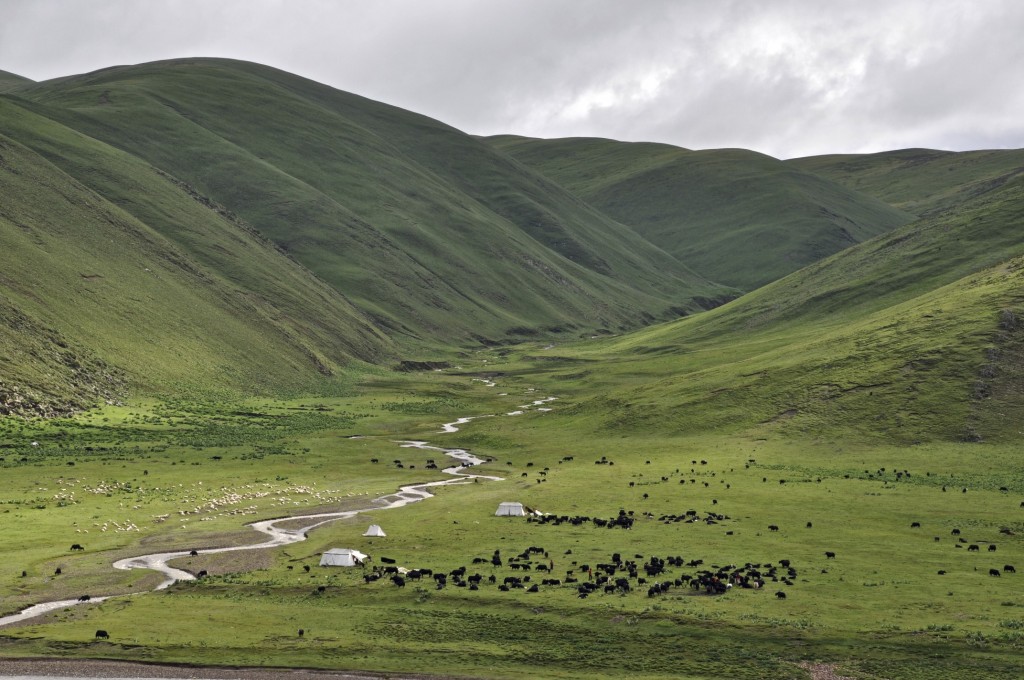
Nomads on the grasslands in summer
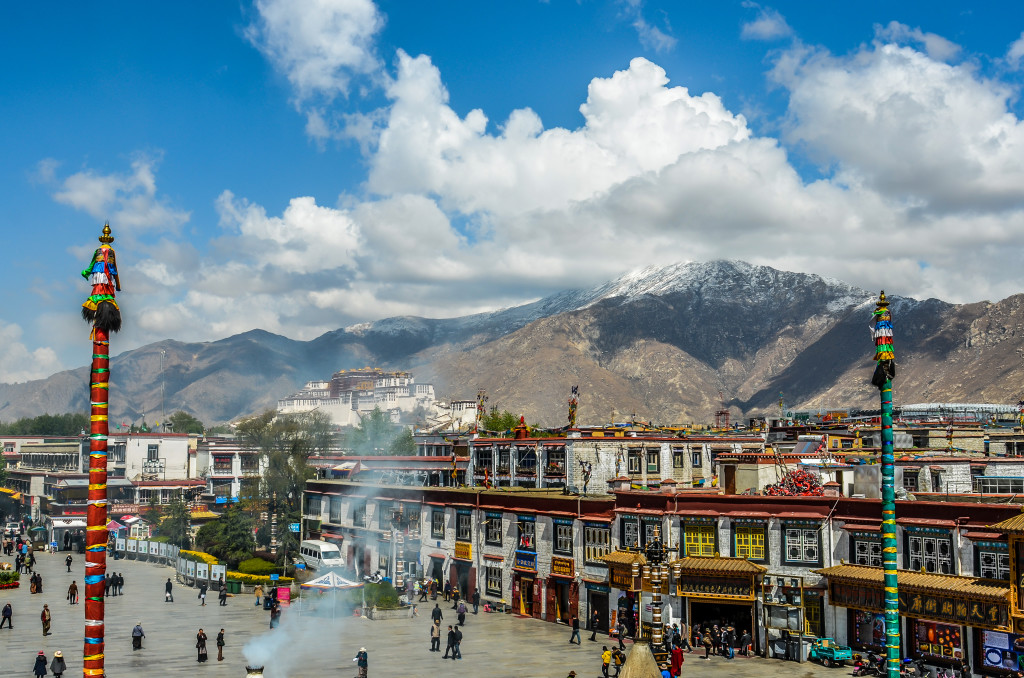
Overlooking Lhasa from the roof of Jokhang Temple
- 1. Haibei/Tsoyang 海北/མཚོ་བྱང་
- 2. Haixi/Tsonub 海西/མཚོ་ནུབ་
- 3. Hainan/Tsolho 海南/མཚོ་ལྷོ་
- 4. Huangnan/Malho 黄南/རྨ་ལྷོ་
- 5. Guoluo/Golog 果洛/མགོ་ལོག་
- 6. Yushu/Yulshul 玉树/ཡུལ་ཤུལ་
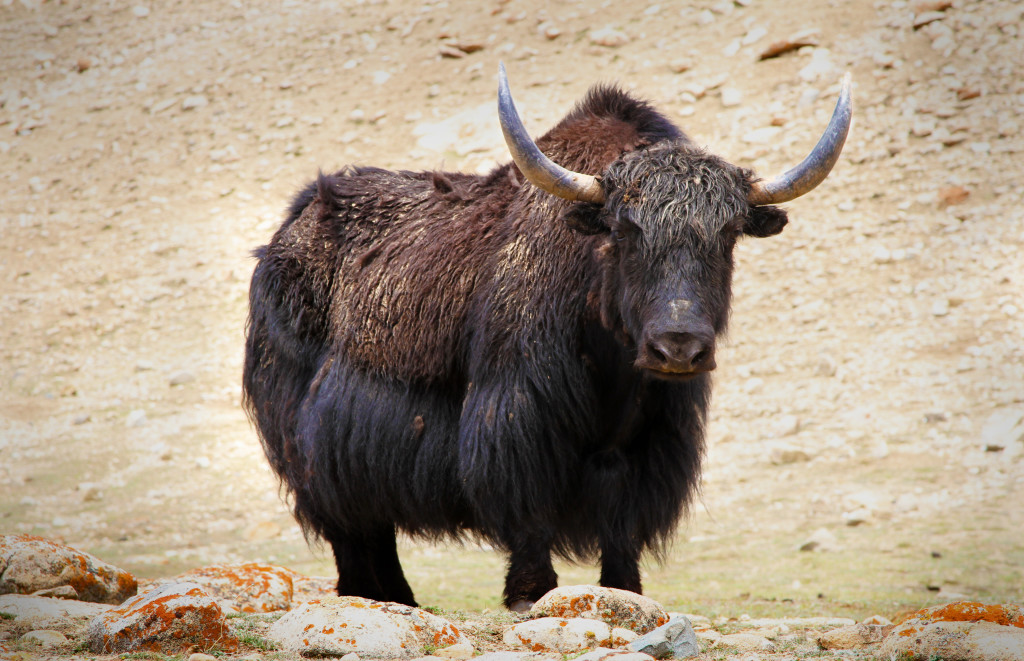
There are more than 10 million yaks in Tibet
- 1.Aba/Ngawa 阿坝/རྔ་བ་
- 2. Ganzi/Garnze 甘孜/དཀར་མཛེས་
- 3. Muli/Mili 木里/སྨི་ལི་
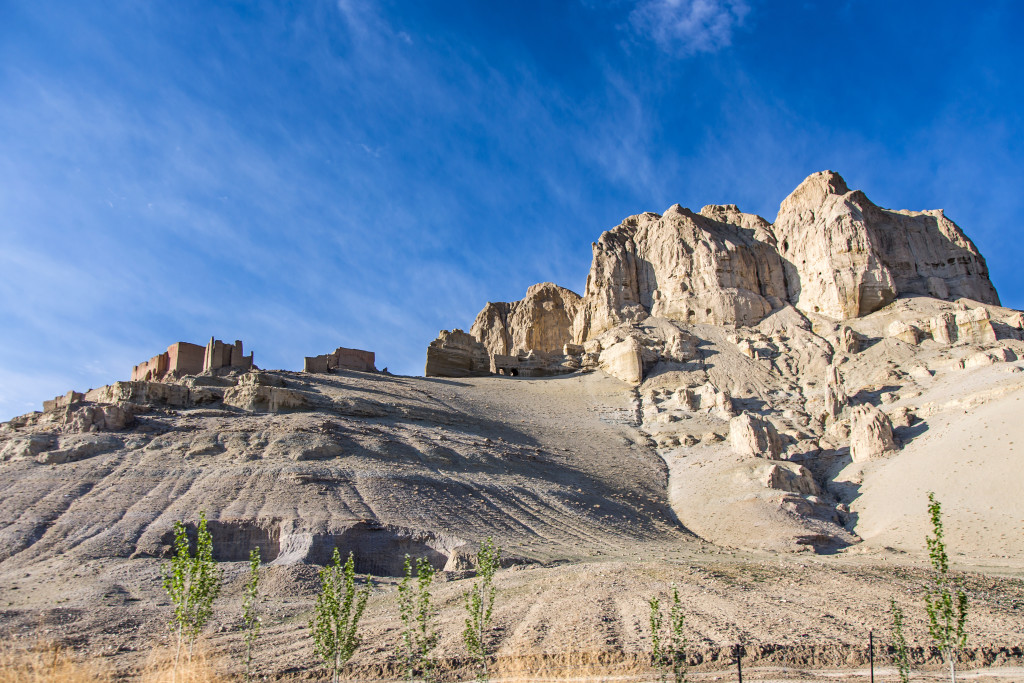
Guge Kindgom in Ngari prefecture
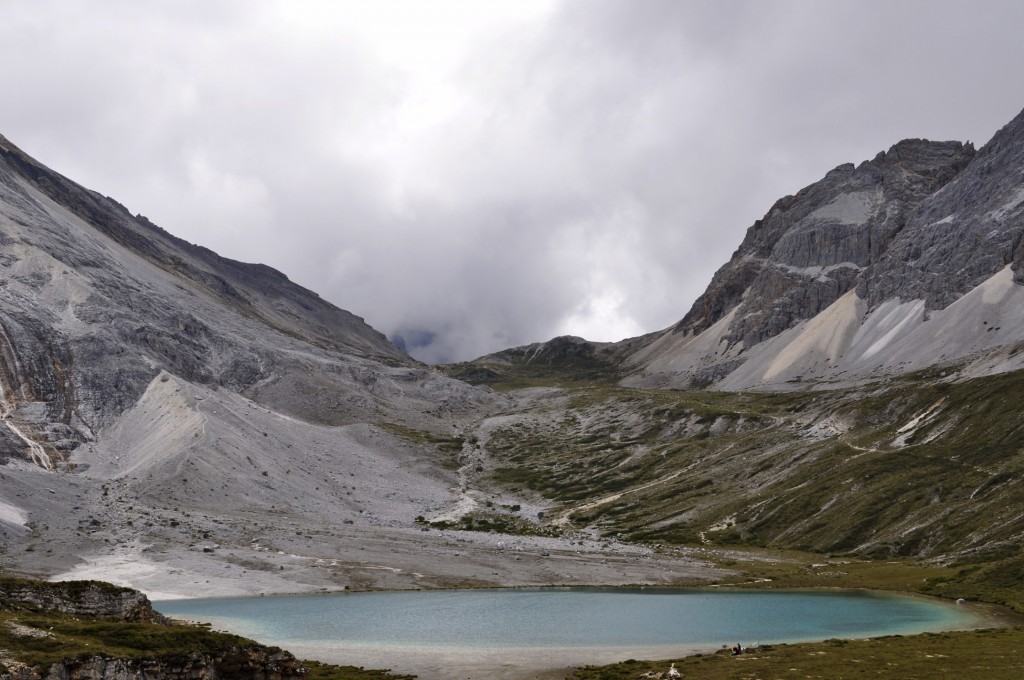
Along a high altitude trek in the Kham region of western Sichuan
The southwest corner of Gansu is part of the traditional Tibetan region of Amdo. This area is home to Labrang Tashi Kyil Monastery བླ་བྲང་བཀྲ་ཤིས་འཁྱིལ་, the largest monastery in Amdo. Southwest Gansu has 1 Tibetan Autonomous Prefecture and 1 Tibetan Autonomous County:
- 1. Gannan/Ganlho 甘南/ཀན་ལྷོ་
- 2. Tianzhu/Bairi 天祝/དཔའ་རིས
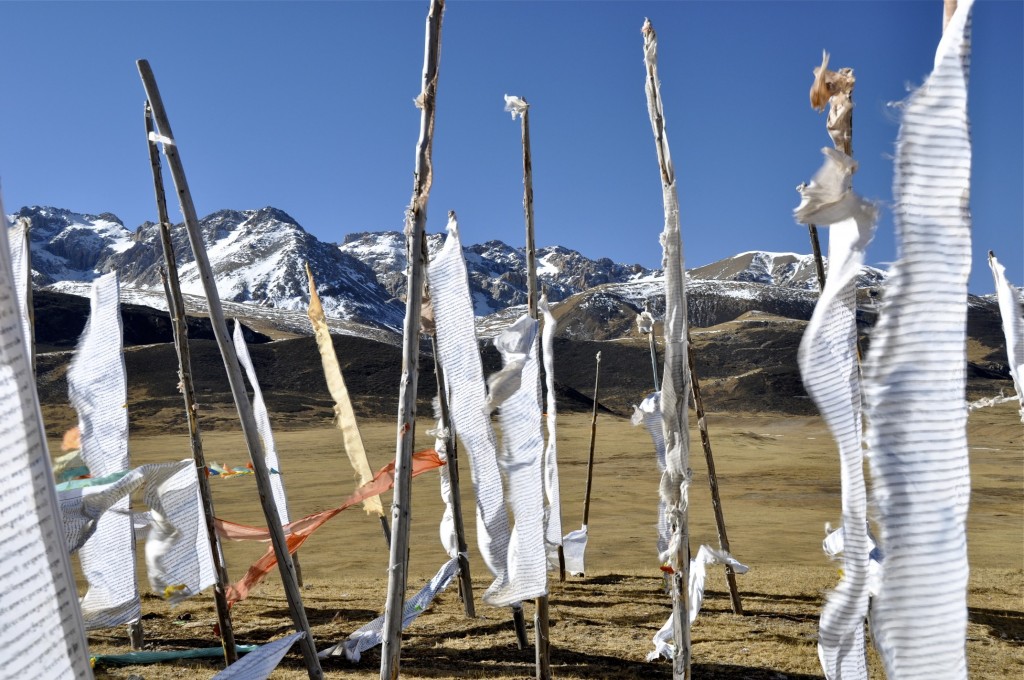
Prayer flags in Yushu
The far northwest corner of Yunnan province has a small Tibetan prefecture that is part of the traditional region of Kham.
- 1. Diqing/Dechen 迪庆/བདེ་ཆེན་
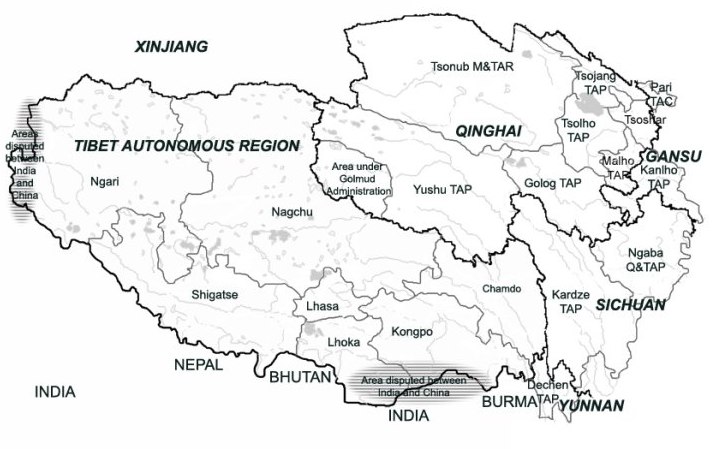
It is important to remember that the terms “Tibet” and “Tibet Autonomous Region” are 2 very different terms. Tibet is all ethnic areas of the Tibetan Plateau where Tibetans are native to while the Tibet Autonomous Region (TAR) is just the southern portion of the Tibetan Plateau. Any travel to the Tibet Autonomous Region requires a complete tour that includes travel permits, a tour guide and a private vehicle with a driver. There are no exceptions to this. For more details on how to arrange travel to the TAR read through the following articles of mine:
The Kham and Amdo regions of Tibet found in Qinghai, western and northern Sichuan, southwest Gansu and northwest Yunnan provinces are open and do not require any organized tour. Though these areas do occasionally close due to political unrest, they are open and have some of the best preserved Tibetan culture.
If you have any questions regarding Tibet, send an email to thelandofsnows@gmail.com
Losang བློ་བཟང་
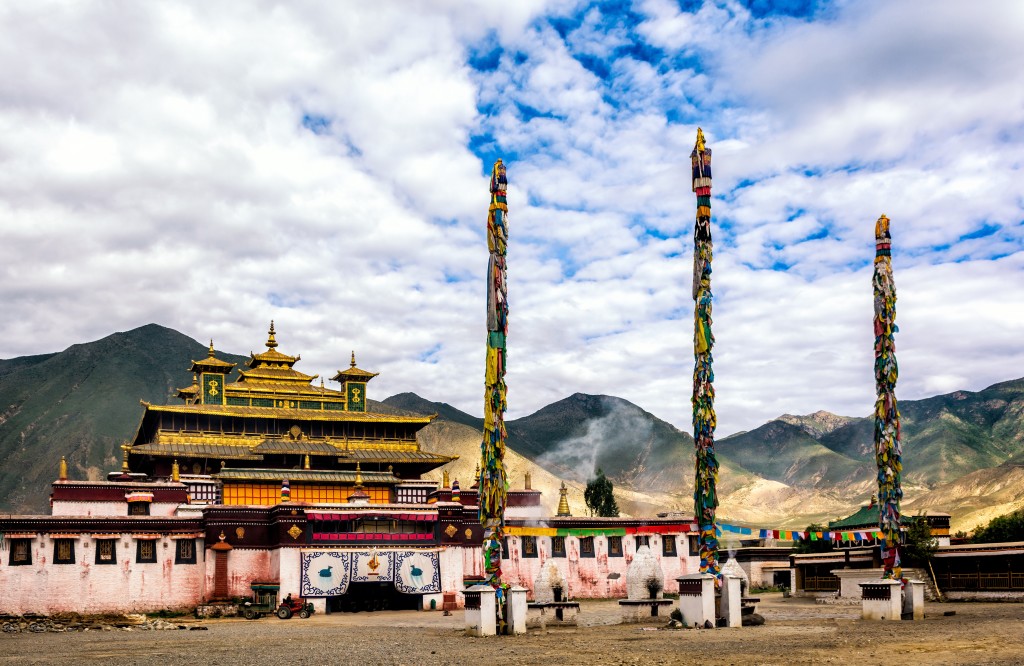
Samye Monastery, southeast of Lhasa

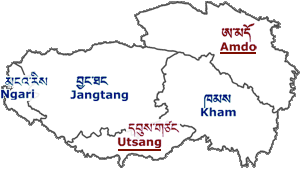
I really enjoyed reading this site, this is great blog. 917940
I delight in the invaluable info you provide in your blog posts.
Hello there, I recently have become alerted to your weblog, and found that it’s truly insightful. Regards!
Pingback: Why not Amdo and Kham?? « The Land of Snows
Hi Losang, I’m eager to talk with you about traveling to the Amdo region this summer. Can you get in touch with me? Thanks! best, Stephanie
It is best to email me at thelandofsnows@gmail.com.
Losang
I got the information what I desired. Really this blog has highly impressed me . I would like to visit it frequently.
Pingback: Ceny pozwoleń trekkingowych Nepal Himalaje | Backpackers Club
Hi, keen on photography trip to tibet (preferably no trekking involved )…im from india but i want to join the group from nepal if possible…are there ant trips this year ?
Hello friend! Greetings from Tibet. I sent you some information on photography tours in Tibet. For more info, send me an email at: thelandofsnows@gmail.com
Lobsang
Pingback: Sitting in Tibetan grasslands and eating yogurt | Adventure China
Good morning Lobsang
Firstly I want to say how informative and hepful your website is, Thank you.
I am currently in Beijing and am hoping to go to Tibet at the end of September. I am aware I am limiting myself with time but would like to try. Can you recommend some travel agencies please.
There wil be 3 of us, we would like to go to Lhasa and possibly do some hiking in Everest region/Mt Kailash.
Ideally we would also like to go on to Nepal from Tibet, are there agencies that help with this and do tours/routes for this?
My friends have a multi entry visa for China. If they go to Tibet will this affect their re-entry to China?
Ive sent an email also.
Thank you
Hi, thanks for the compliments on my website! As Tibet is part of China, it will not affect your friends to go to Tibet and back to mainland China. A China visa is valid for all of China, including Tibet.
Lobsang